If you don’t feel comfortable washing your dog with a shampoo whose ingredients list you can’t even pronounce, here’s a great recipe …
Dog shampoo for sensitive skin
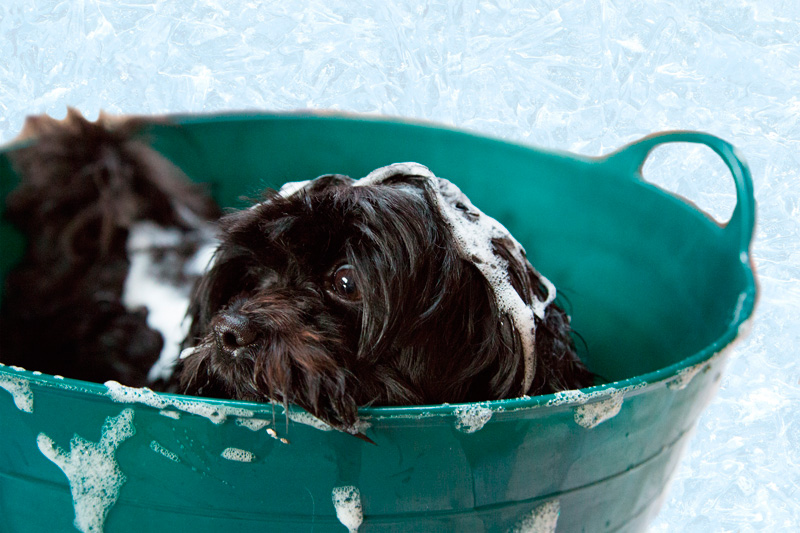
If you don’t feel comfortable washing your dog with a shampoo whose list of ingredients you can’t even pronounce, here’s a great recipe for a homemade dog shampoo. All the ingredients are easy to get hold of, or you may have them at home anyway. The quantity is sufficient for a medium-sized dog, e.g. a Labrador.
Ingredients for dog shampoo:
- 100 g rolled oats
- 100 g baking powder
- 400 ml cups of warm water
- 1 teaspoon mild washing-up liquid from the health food shop
- 5 drops of lavender or peppermint oil
Firstly, blend the oats in a food processor until they have the consistency of flour. Add the remaining ingredients and finish mixing.
Massage the shampoo into your dog’s wet coat for a few minutes before rinsing it out. The baking soda absorbs the dog’s odours, while the oat flakes soothe and cleanse the skin.
You will be amazed at how great your dog smells and how soft his coat has become.
After a soothing wash, the Golden Retriever puppy can relax on the cosy leather cushion

Dog shampoo for sensitive skin
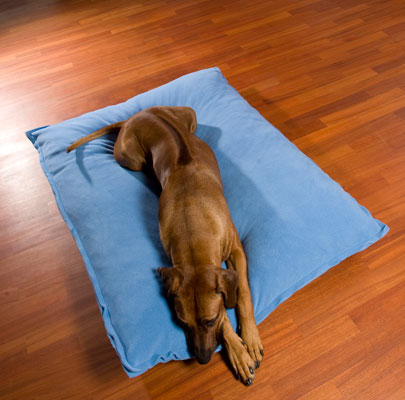
Rhodesian Ridgeback
The Rhodesian Ridgeback is a medium-sized, very dignified and intelligent dog that immediately commands respect with its calm appearance. It originates from southern Africa and shows no signs of shyness.
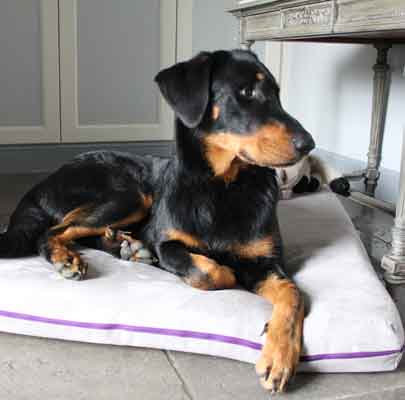
Beauceron dog breed
The Beauceron is a very original, powerful, robust and muscular dog, but without any sluggishness. It impresses with its stamina and incorruptibility.
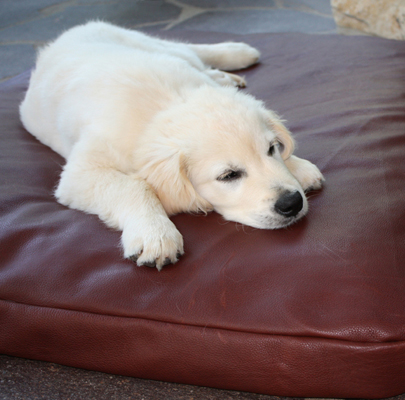




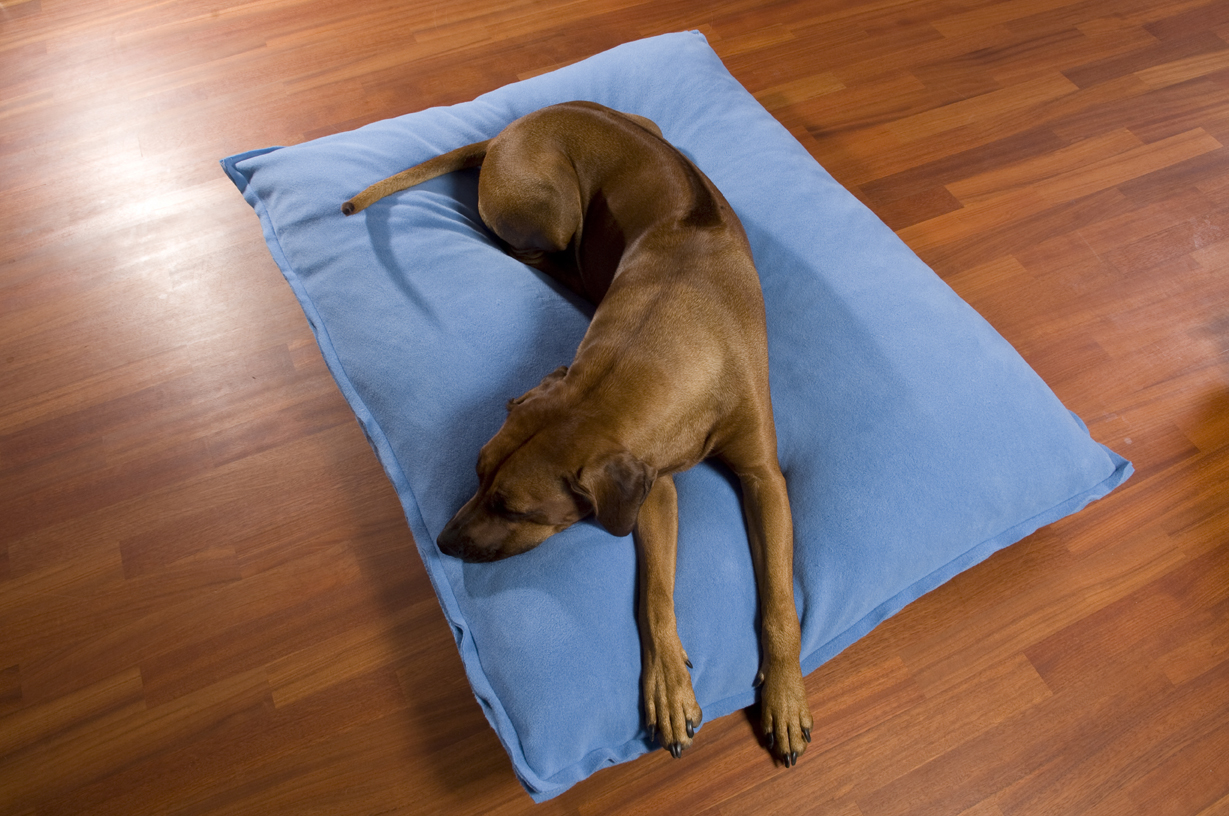
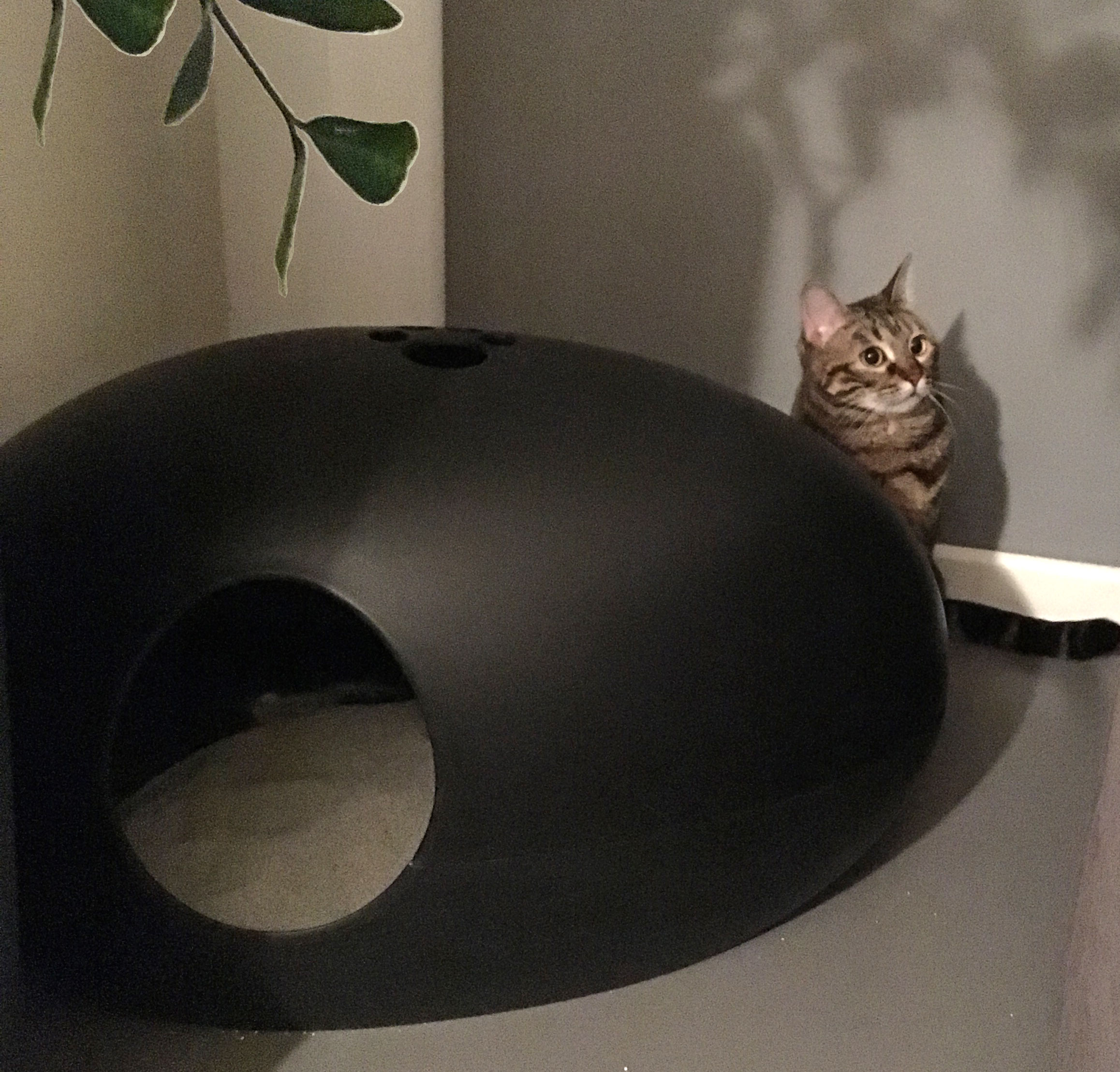
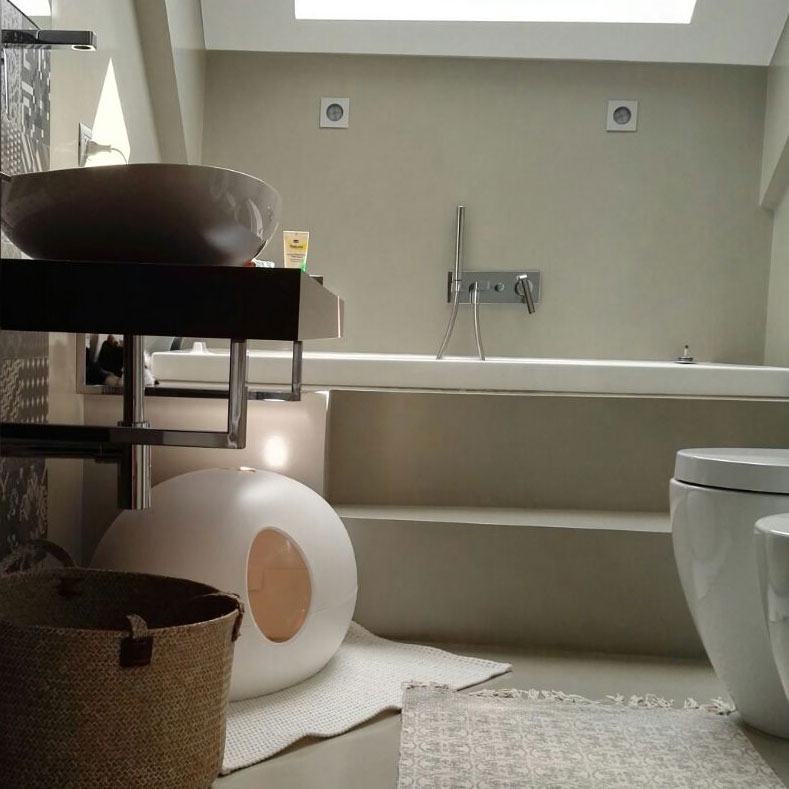

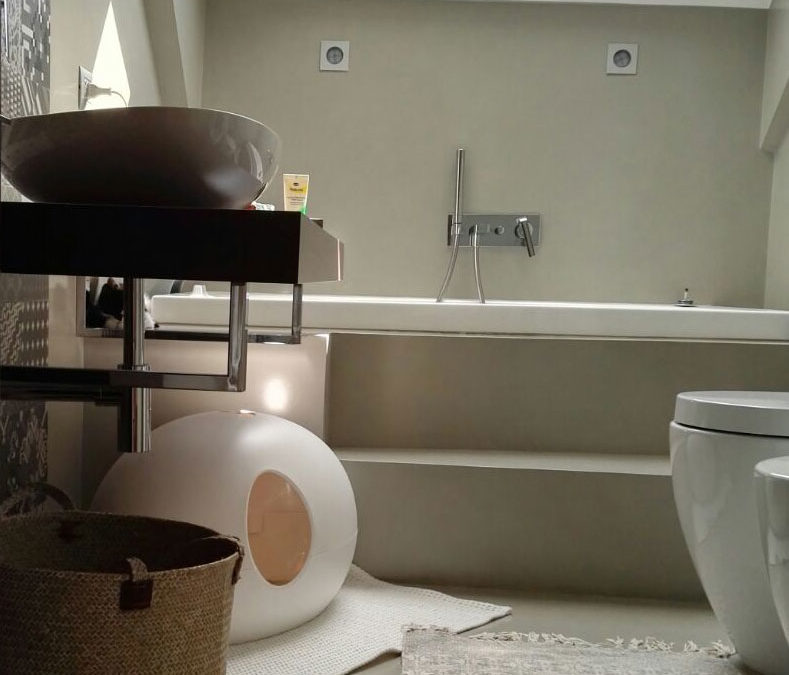
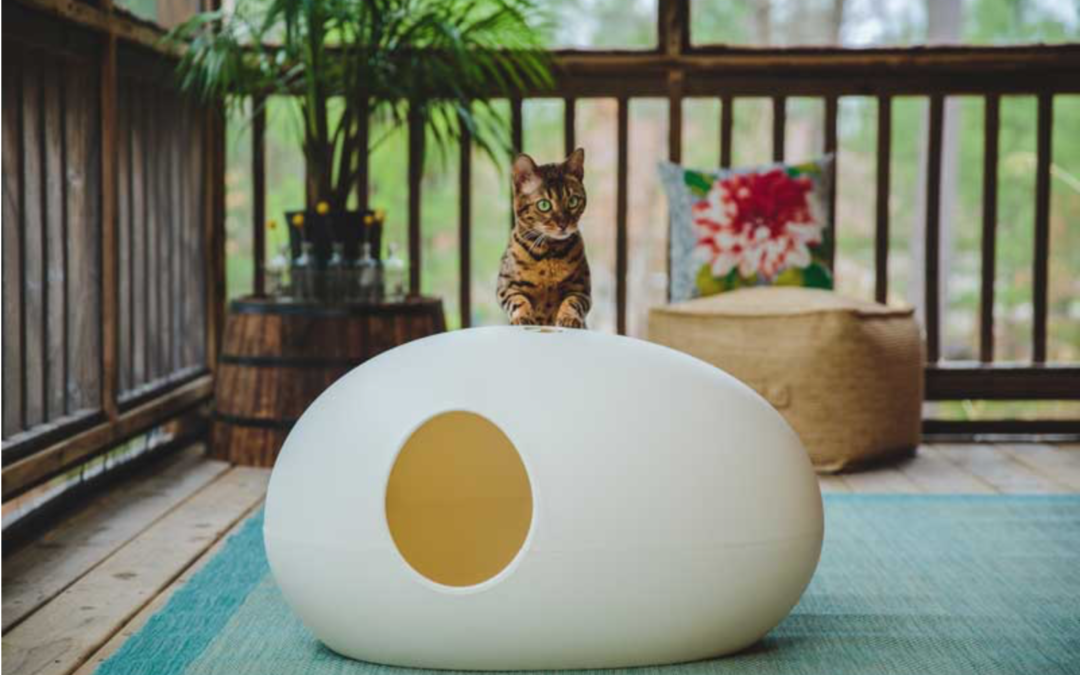
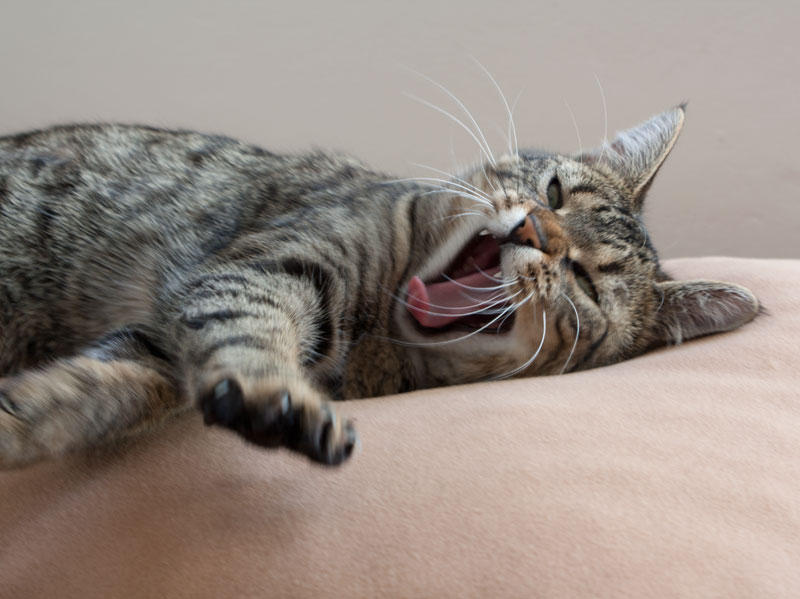
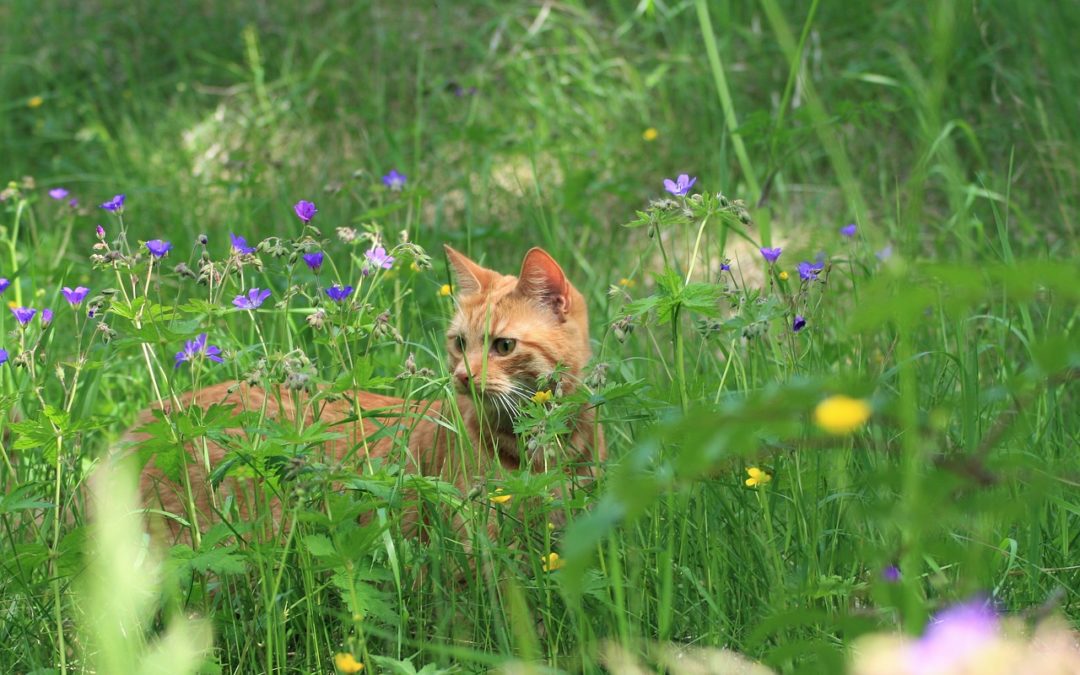
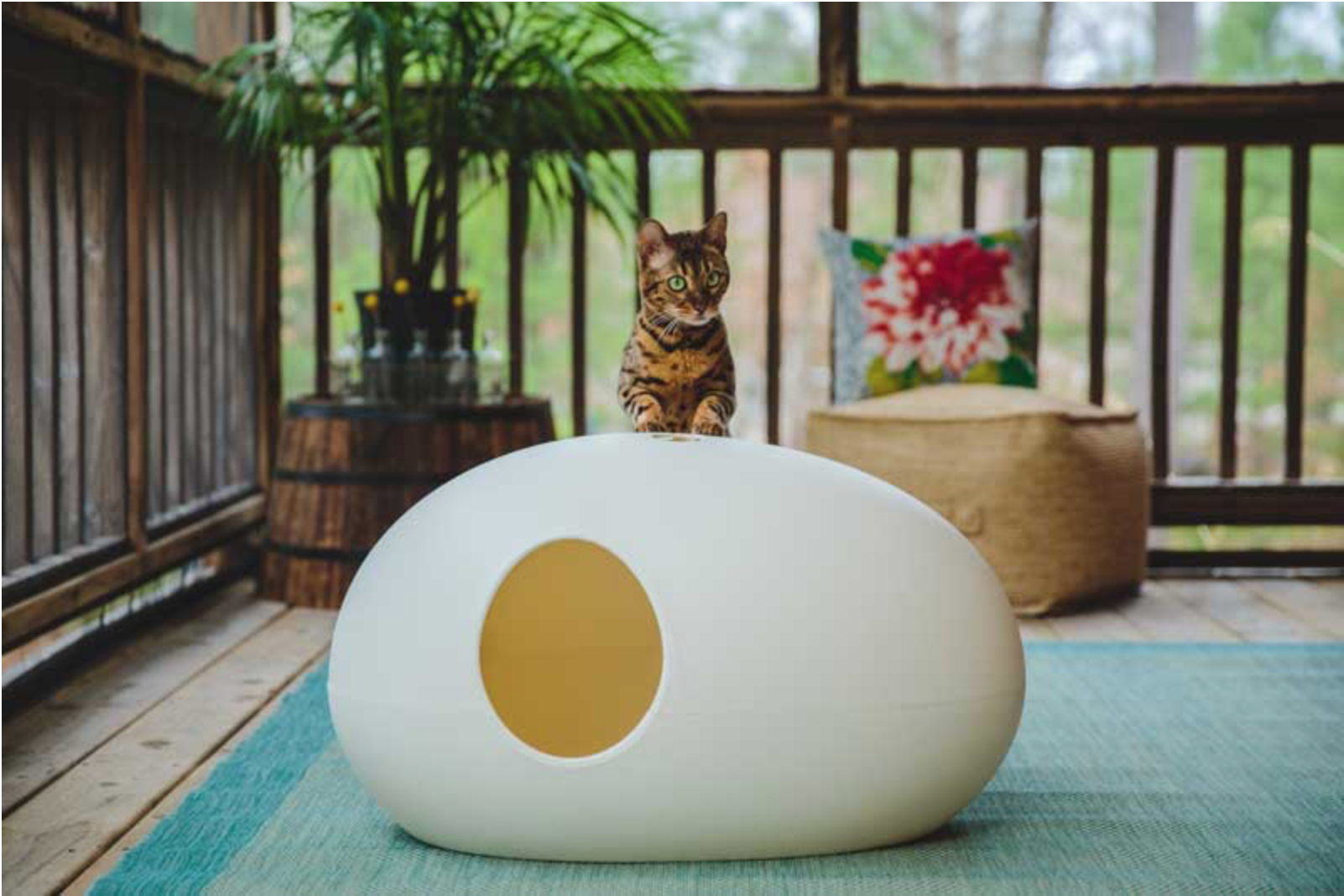
Recent Comments